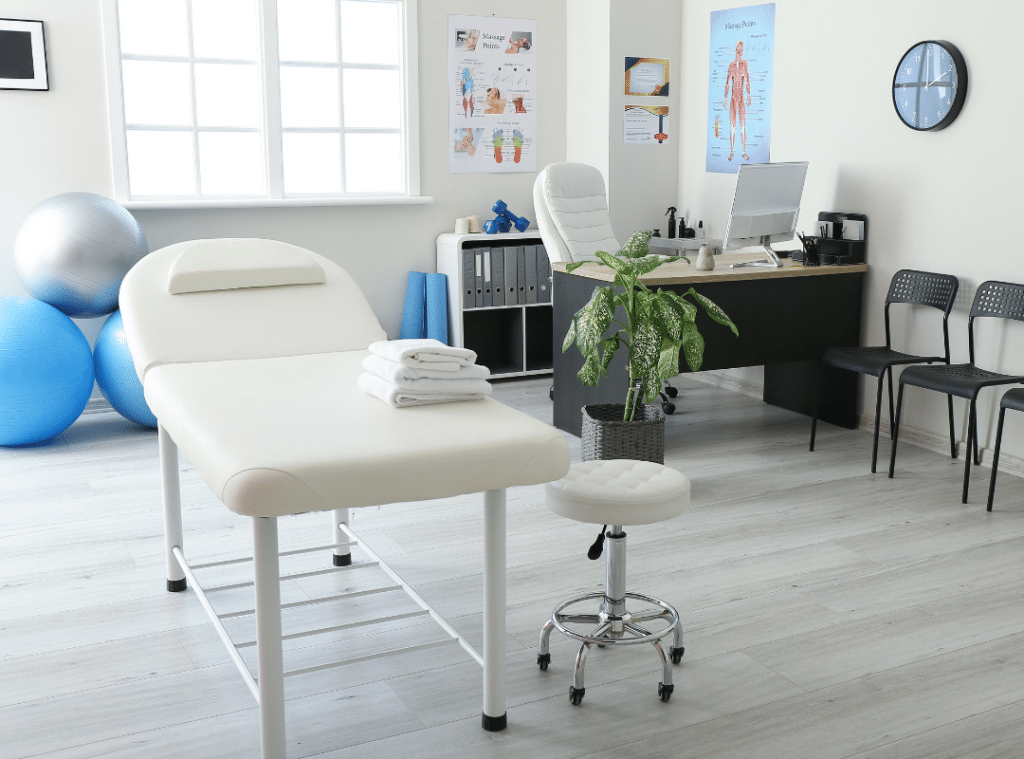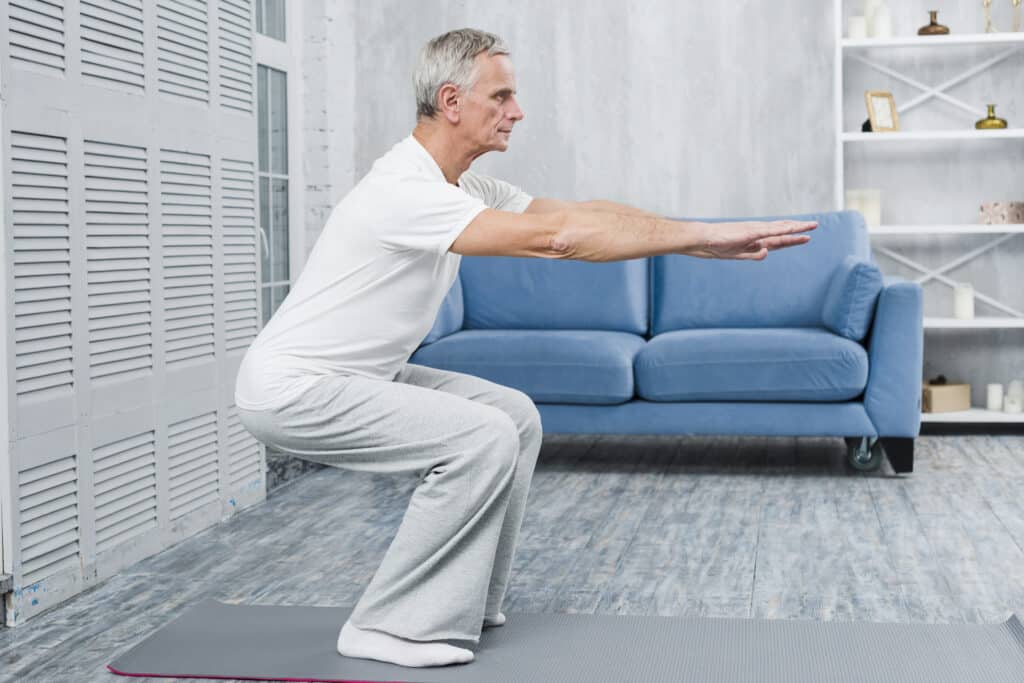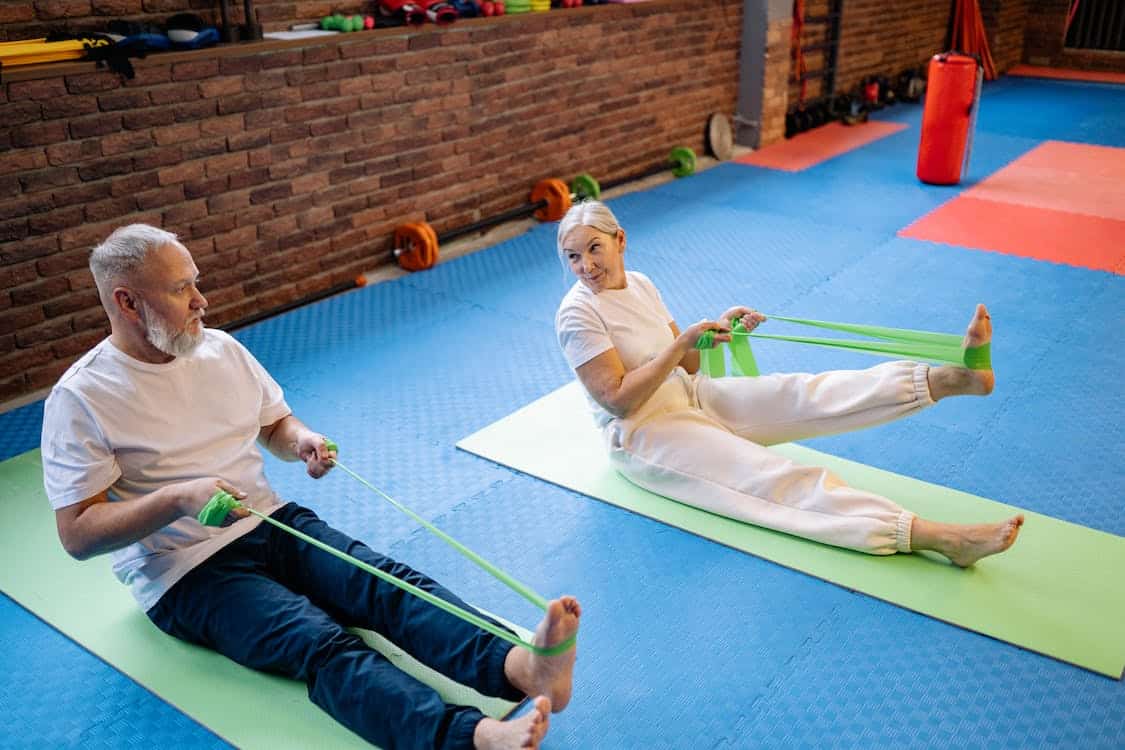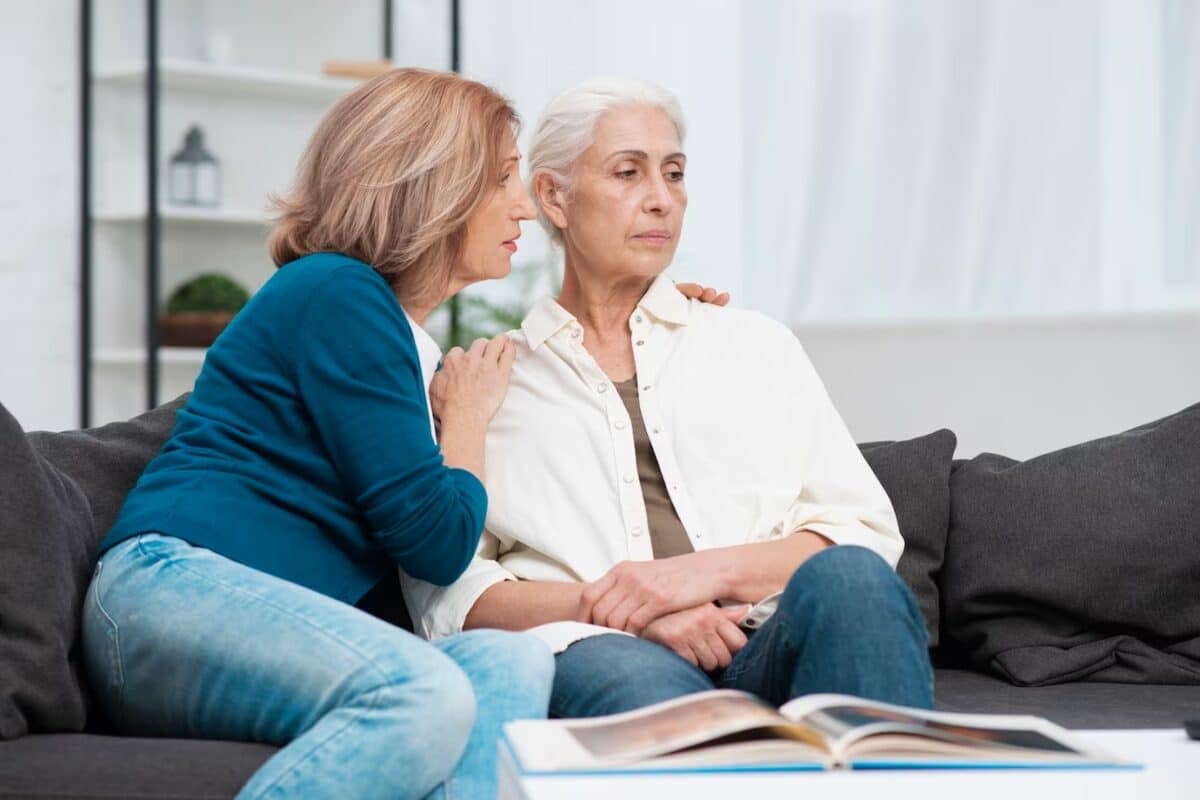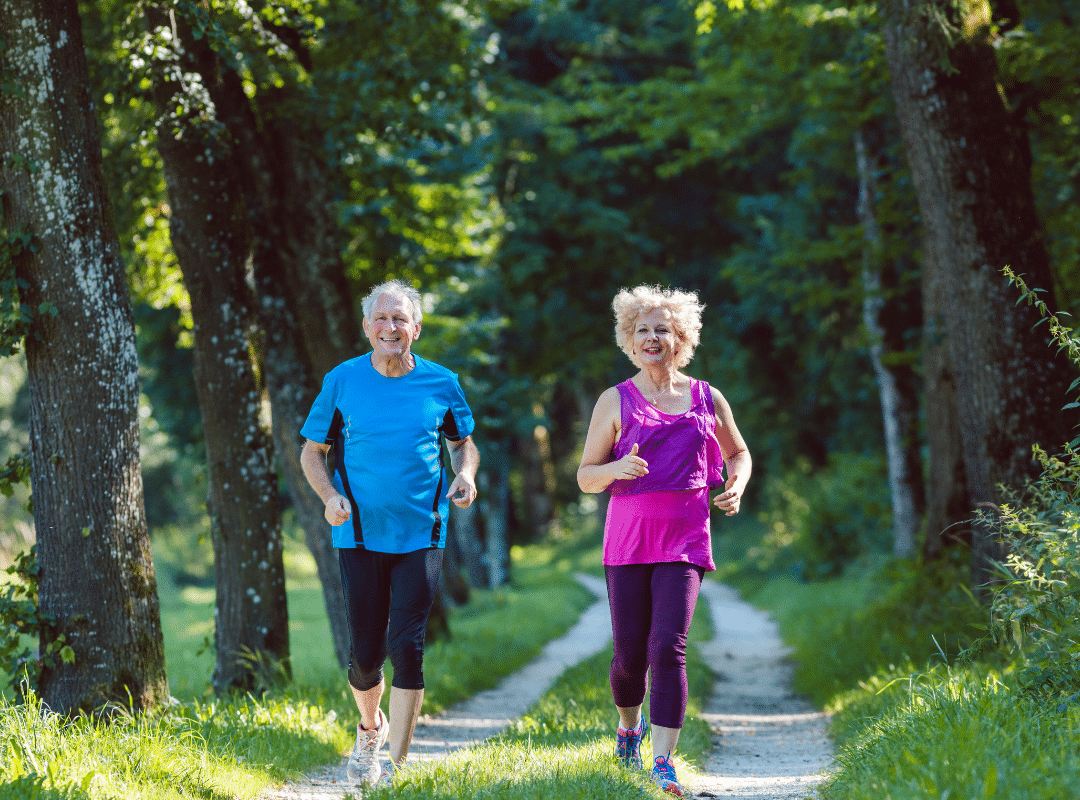Memory Care Cypress CA: Compassion Meets Expertise
Discover Compassionate Memory Care Cypress, CA Services
Navigating memory care options in Cypress, CA, is a profoundly personal journey. You want to find a place where your loved one is not just cared for but truly understood. In Cypress, CA, communities like Westmont of Cypress provide more than just services—they offer a chance for seniors to live meaningful, enriched lives, even with memory challenges.
Whether you’re exploring Senior living Cypress, CA, or looking for new senior housing in Cypress, CA, it’s important to choose a community that focuses on dignity, compassion, and specialized support. Let’s explore the key elements of quality memory care in Cypress.
Understanding Memory Care Services in Cypress, CA
When you dive into memory care in Cypress, CA, you’ll discover that these specialized communities are designed with your loved one’s cognitive needs in mind. Facilities like Westmont of Cypress at 4889 Katella Ave, Cypress, CA 90720, offer environments that nurture emotional well-being, safety, and cognitive engagement.
Staff members receive specialized training to support residents with Alzheimer’s or other dementias. Activities are thoughtfully planned to stimulate memory and promote social interaction. Programs like Understanding the Benefits of Memory Care Assisted Living outline how a structured environment enhances stability, making a huge difference in daily living for residents.
Choosing a facility focused on Senior Apartments Cypress, CA, ensures your loved one experiences not only a safe environment but also one where they can maintain as much independence as possible.
Top Memory Care Facilities in the Cypress Area
The Cypress area offers several outstanding memory care communities, but understanding your options will help you make the best choice.
| Facility Name | Average Rating |
| Westmont of Cypress | 4.75 |
| Brookdale Garden Grove | 4.16 |
| Rowntree Gardens | 4.4 |
At places like Westmont of Cypress, located conveniently at 4889 Katella Ave, Cypress, CA 90720, residents enjoy beautifully designed spaces, individualized care plans, and activities that promote social engagement.
If you are considering 55+ communities in Cypress, CA, remember that not all communities offer specialized memory care. This is why focused communities like Westmont of Cypress can be so valuable. For more insights into available services, check out Understanding Memory Care Services and Options for Dementia Patients.
The Importance of Specialized Memory Care
Opting for a specialized memory care facility in Cypress, CA, is one of the best ways to ensure your loved one receives personalized support. Communities offering memory care differ significantly from traditional Senior living options in Cypress, CA, because they tailor programs specifically for cognitive support.
Activities like reminiscence therapy, art sessions, and sensory stimulation help maintain cognitive function longer. Trained caregivers use techniques such as validation therapy to meet residents where they are emotionally.
Moreover, programs designed to create a sense of purpose and belonging enhance residents’ daily experiences. Learn more about these approaches in Memory Care Living: A Closer Look at Personalized Care Plans.
When searching for new senior housing in Cypress, CA, ensure that the community you select prioritizes these specialized techniques.
Financial Considerations for Memory Care in Cypress
Memory care costs can be intimidating, but understanding your options makes it manageable. On average, memory care in Cypress costs around $5,250 per month, although amenities and services can cause this to vary.
Programs like California’s Medi-Cal Assisted Living Waiver can help ease the financial burden. Personal savings, long-term care insurance, and Veterans Benefits are also familiar funding sources.
Additionally, facilities like Westmont of Cypress at 4889 Katella Ave, Cypress, CA 90720 offer consultations with Family Advisors who can guide you through planning financially for Senior Apartments, Cypress, CA living.
For broader financial strategies, visit Navigating Cost of Assisted Living: Comprehensive Guide.
Many families also benefit from advice from financial planning websites like AARP’s Long-Term Care Cost Calculator or PayingforSeniorCare.com.
Enhancing Quality of Life for Residents With Memory Challenges
A core philosophy at top memory care facilities is the belief that even with cognitive decline, residents can still lead meaningful and joyful lives. Therapeutic programming, such as music therapy, pet therapy, and intergenerational programs, brings joy and connection.
Family engagement is another key component. Encouraging family members to visit and participate in activities can enhance residents’ emotional health and foster a sense of belonging.
If you’re exploring 55 and over communities in Cypress, CA, focus on those offering robust family-inclusive programs. At Westmont of Cypress, residents are encouraged to maintain active family ties, supporting emotional health and stability.
Creating an environment rich with sensory stimulation, personal choice, and genuine social connection ensures that every resident’s golden years shine brightly.

Why Location Matters: Westmont of Cypress
Choosing a community that is conveniently located is essential. Westmont of Cypress, situated at 4889 Katella Ave, Cypress, CA 90720, is close to local parks, medical centers, and community hubs, allowing residents to enjoy easy outings and receive prompt medical attention if needed.
This central location makes visiting easy for families, fostering stronger bonds and ensuring loved ones stay involved in day-to-day life. When considering Senior Apartments in Cypress, CA, proximity to family and community resources should be a major factor in your decision.
Plus, living in Senior living Cypress, CA, offers year-round beautiful weather, ideal for outdoor activities and therapeutic walks—elements vital for cognitive health.
Exploring New Senior Housing in Cypress, CA
The demand for new senior housing in Cypress, CA, has never been higher, and communities are responding with luxurious accommodations, state-of-the-art safety features, and specialized memory care programs.
Whether you’re seeking Senior Apartments Cypress, CA, for independent living or communities offering both assisted living and memory care, options abound. Look for communities that offer continuum-of-care services, so if needs evolve, transitions are smooth and stress-free.
Finding a community that feels like home—where compassion and expertise meet—can make all the difference in your loved one’s journey.
A Community Where Memories Are Cherished
When it comes to memory care in Cypress, CA, it’s about more than facilities—it’s about community, compassion, and connection. Westmont of Cypress exemplifies how memory care can empower residents to live fully, even in the face of cognitive changes.
Their location at 4889 Katella Ave, Cypress, CA 90720, offers easy access for families and a welcoming environment for residents. With specialized programming, expert staff, and heartfelt dedication, residents don’t just live here—they thrive.
For more details or to explore available options, call 714-252-7144 or schedule a tour and see firsthand how a nurturing environment can make all the difference.
Frequently Asked Questions
What is the average cost of a memory care unit?
The average cost of a memory care unit in the United States typically ranges between $5,000 and $7,000 per month. However, prices can vary depending on location, amenities, and the level of care provided. Memory care units are specially designed to meet the needs of individuals with Alzheimer’s or other forms of dementia. These costs generally cover housing, meals, specialized care, and activities.
Does Medicare pay for memory care?
Medicare typically does not cover long-term memory care in residential facilities. It may cover some medical services related to dementia, like doctor visits or hospital care, but not custodial care such as assistance with daily activities. Some short-term skilled nursing stays or hospice services might be covered if certain conditions are met. Families often explore other options like Medicaid, long-term care insurance, or personal savings to fund memory care.
What is the difference between memory care and dementia care?
Memory care refers to specialized residential care provided within a secure community specifically designed for individuals with memory impairments. Dementia care is a broader term that encompasses support services offered in various settings, including the home, adult day centers, and hospitals. Memory care communities focus on providing structure, safety, and activities tailored to cognitive needs. Dementia care, meanwhile, can vary widely depending on the level and location of support.
What is the average cost of memory care in California?
In California, the average cost of memory care is typically higher than the national average, ranging from about $5,500 to $8,500 per month. Costs can be influenced by the facility’s location, services offered, and staff-to-resident ratio. Cities like San Francisco and Los Angeles often have higher prices compared to smaller towns. Families are encouraged to visit multiple communities to find the best fit for their budget and loved one’s needs.







